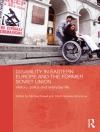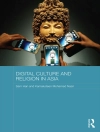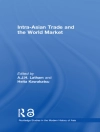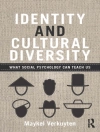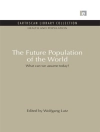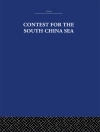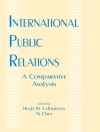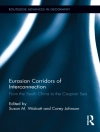The first section of the book includes information about how tourism-related infrastructure and activities promote biological invasions, including key pathways for non-native invasive species introductions. This section provides case studies of different organisms that are known to be introduced and/or promoted by tourism in different ecosystems or regions. The second section elaborates on known and potential impacts of invasive species on tourism and recreation, including how they may affect, positively or negatively, the economic revenue from tourism, tourist access, recreation, aesthetic values and tourists’ perceptions. The last section focuses on management and policy, covering aspects of how visitors perceive invasive species and their willingness to manage them, biosecurity measures to prevent invasion related to tourism, as well as potential policy options moving forward. The book draws on a number of examples across multiple taxa, landscapes and regions of the world.
Giới thiệu về tác giả
Dr. Cristobal Pizarro is a Latin-American interdisciplinary scholar working between natural and social sciences for biocultural conservation. He directs the Laboratory of Anthropocene Studies and is a faculty member of the Faculty of Forestry Science at the Universidad de Concepcion in Chile, where he teaches social-ecological systems, human dimensions of biodiversity, and sustainable tourism. He holds a Ph.D. in Social and Ecological Sustainability from UWaterloo in Canada and a MSc. in Natural Resource Management from Universidad de Magallanes in Patagonia. This transnational experience allowed Dr. Pizarro to engage in both global and local research that links nature and people, integrating biodiversity and human activities amid ongoing rapid changes. From his experience, invasive species are one of those complex, social-ecological issues that require interdisciplinarity and intersectoral collaboration in the Anthropocene.


